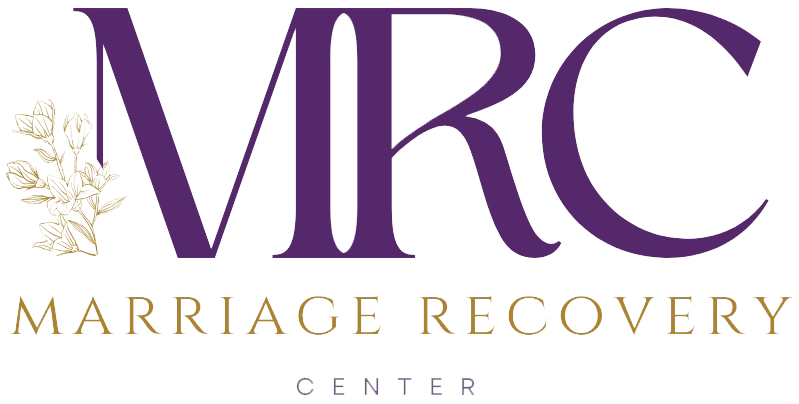Why I need to change myself to save my marriage? It’s Not a Two-Way Street. Dr. David Hawkins explains why it’s important to move away from thinking it’s a two-way street when couples come into counseling, emphasizing the importance of focusing on your own side of the street first.
Why I Need to Change Myself to Save My Marriage
In relationships, problems often arise and create recurring issues that can strain the bond between partners. While it is commonly believed that solving these problems requires mutual effort, a different approach may be necessary. As a clinician, marriage counselor, and psychologist, I have come to understand that sometimes, the key to saving a marriage lies in one partner taking the initiative to change themselves first.
In this article, we will explore why it is essential for individuals to focus on personal growth and transformation in order to improve their relationships. By delving into the transcript of a counseling session, we will gain valuable insights into this perspective.
The Notion of a Two-Way Street
Often, the notion of a “two-way street” is brought up in relationships, suggesting that both partners should equally contribute to solving their issues. However, this belief may not always lead to effective solutions. Many times, one partner is more dominant, forceful, or controlling, while the other struggles with emotional and physiological challenges. Consequently, the first step towards resolving the problems may involve working with the dominant partner to address their contribution to the relationship’s difficulties.
The Strategic Approach
As a clinician, it is crucial to adopt a strategic approach when intervening in troubled relationships. This entails deciding when, where, and how to provide guidance and support. While it may be tempting to immediately involve both partners, focusing on the more dominant individual initially can yield positive results. By doing a personal intensive with this partner, their actions and behaviors can be closely examined, helping them understand their role in the relationship’s struggles.
Clearing Up Part of the Problem
When the dominant partner acknowledges their responsibility and commits to working on their part in the problems, progress can be made. By focusing on self-improvement and cleaning their side of the street, a significant portion of the relationship’s issues can be cleared up. This approach empowers the individual to recognize their impact on the dynamic and motivates them to make positive changes.
When We Change, Everything Changes
Change is a powerful catalyst for transformation in relationships. When one partner takes the initiative to work on themselves, it often has a ripple effect that positively impacts the entire dynamic. By changing their mindset, behaviors, and emotional management, they can create a healthier and more balanced foundation. This transformation sets the stage for the possibility of building a stronger relationship.
Inviting the Partner into the Process
After dedicating time and effort to self-improvement, the transformed partner can invite their significant other into the process. By demonstrating their personal growth and newfound clarity, they create an environment that encourages their partner to join in the work. This approach shifts the dynamics of the relationship and fosters a more receptive and cooperative attitude from the other partner.
It’s Not About Saving the Entire Marriage
It is important to dispel the notion that one partner is solely responsible for saving the entire marriage. By focusing on personal growth and self-improvement, the individual is not burdened with the unrealistic expectation of single-handedly resolving all the relationship’s problems. Instead, the primary goal becomes individual transformation, which, in turn, positively influences the partnership as a whole.
Conclusion
Saving a marriage requires a nuanced and strategic approach. While the idea of a “two-way street” is commonly emphasized, it is essential to recognize that change can start with one partner. By focusing on personal growth, emotional management, and establishing healthy boundaries, individuals can create a foundation for positive transformation within the relationship.
Once they have cultivated a stronger sense of self, they can invite their partner to join them in the journey, leading to a true two-way street where both partners actively work on the relationship. Remember, changing oneself can be the catalyst that saves a marriage and paves the way for a happier and more fulfilling future together.
To learn how we can help, reach out to us at (206) 219-0145 or info@marriagerecoverycenter.com to speak with a Client Care Specialist
Also read: Overt and Covert Abuse: What is the Difference?
About Dr. Hawkins:
The internet is inundated with hyperbole and misinformation about narcissism, leaving many people confused and hopeless. Get the facts on narcissism and emotional abuse from someone who has been researching, writing about and treating narcissism and emotional abuse for over a decade.
Dr. Hawkins is a best-selling author and clinical psychologist with over three decades of experience helping people break unhealthy patterns and build healthier relationships.
He is the founder and director of the Marriage Recovery Center and the Emotional Abuse Institute which offers education, training and counseling for people who want to break free of, and heal from, emotional abuse. Whether the perpetrator of the abuse is your spouse, partner, parent, boss, friend or family member, we offer practical advice for anyone trapped in a toxic, destructive relationship.
In addition to narcissism & emotional abuse, you’ll learn about the lesser known forms of abuse, including covert abuse, reactive abuse, spiritual abuse, secondary abuse, relationship trauma and much more.








